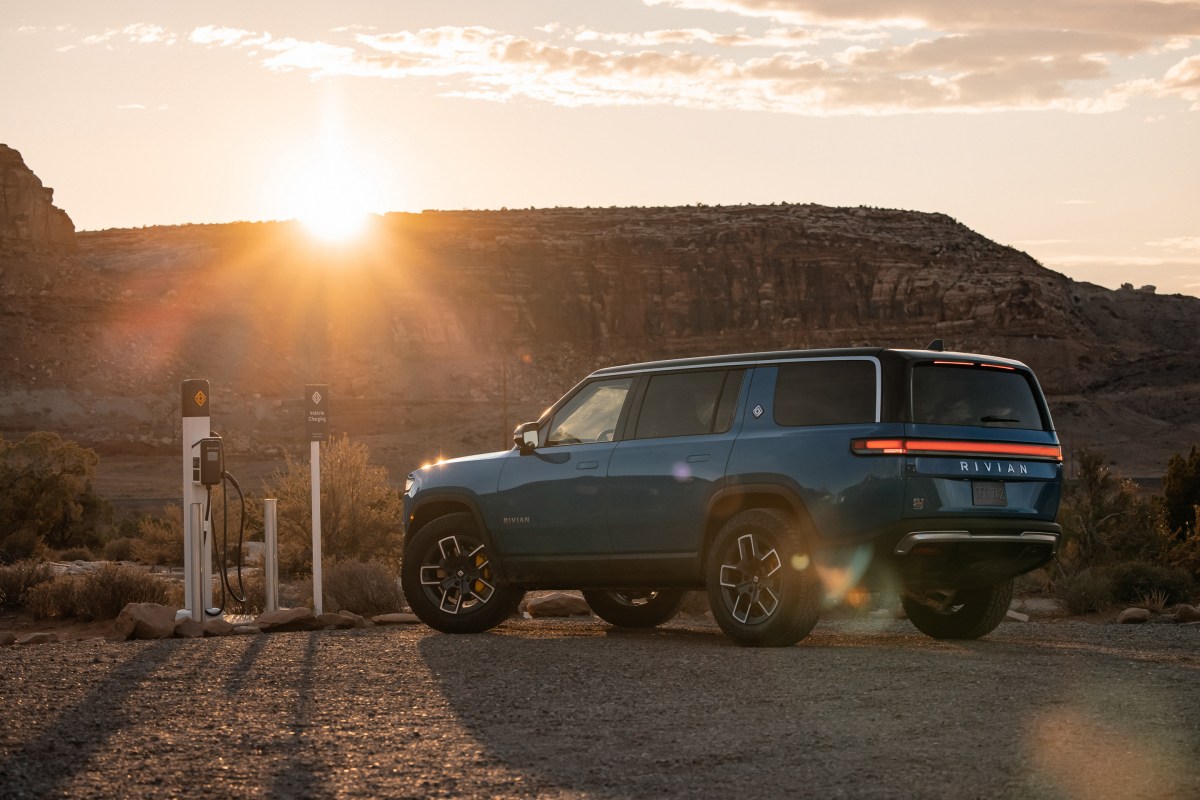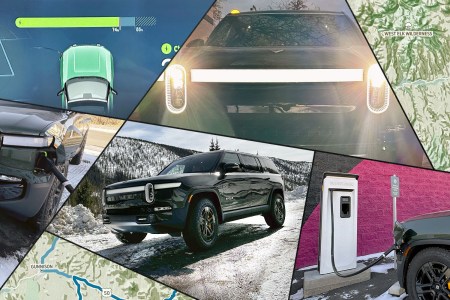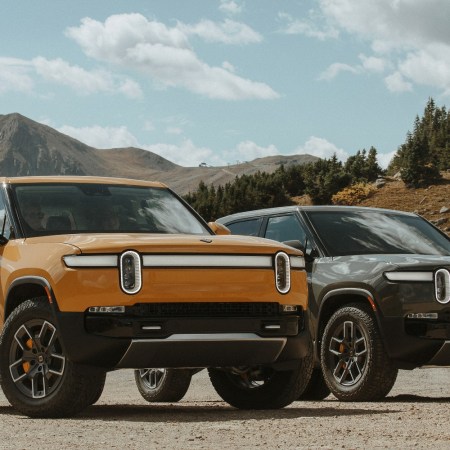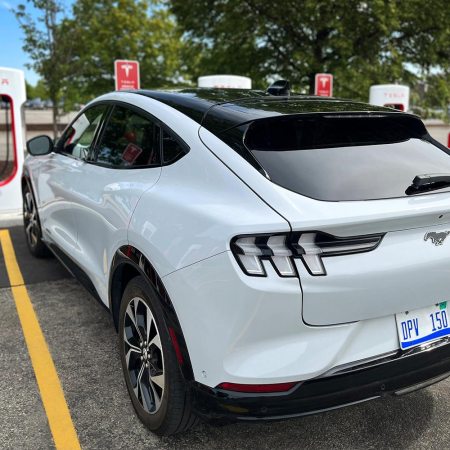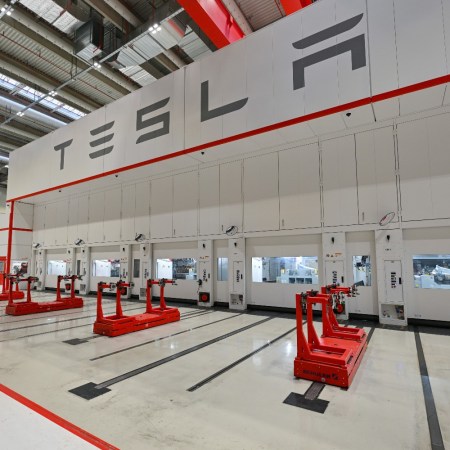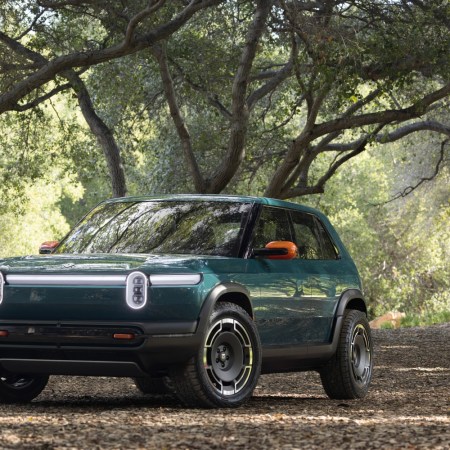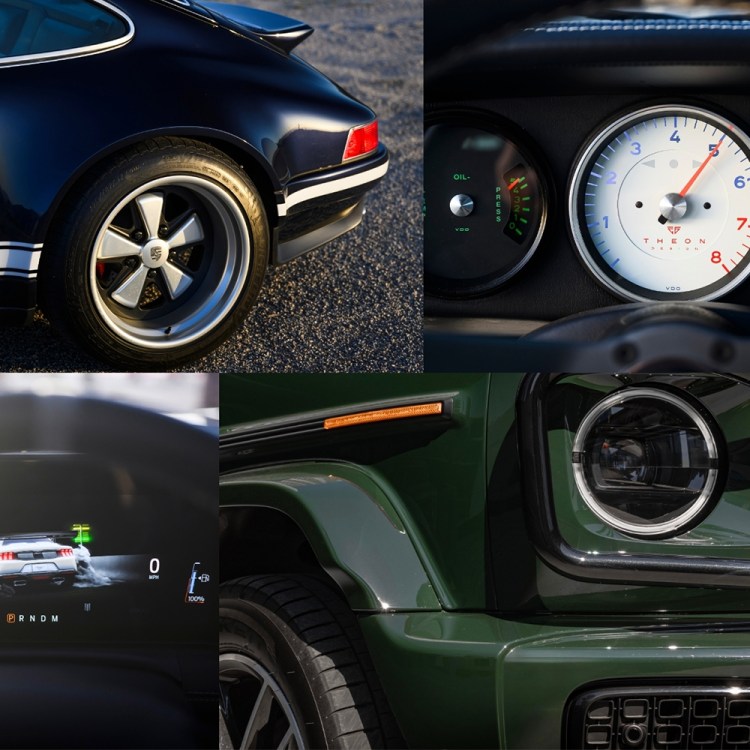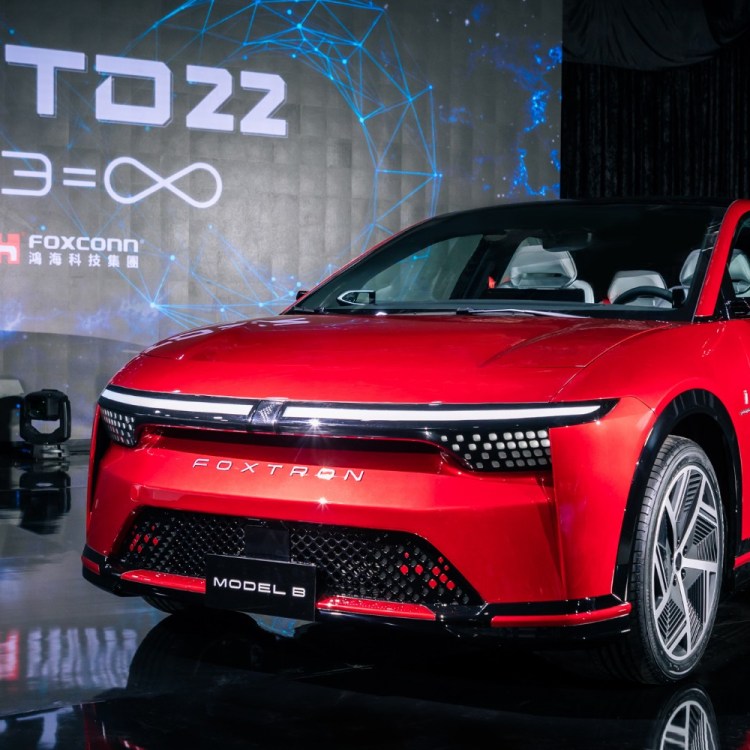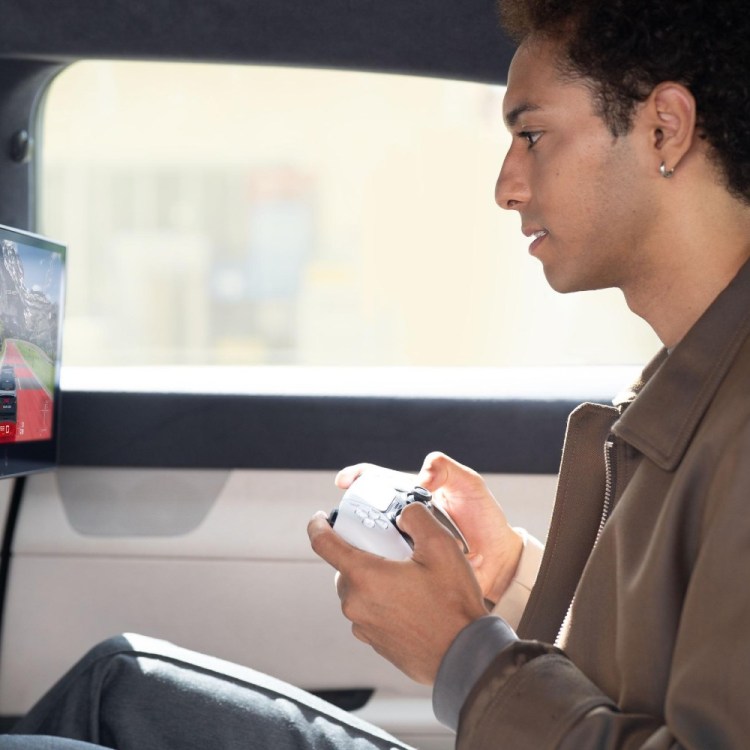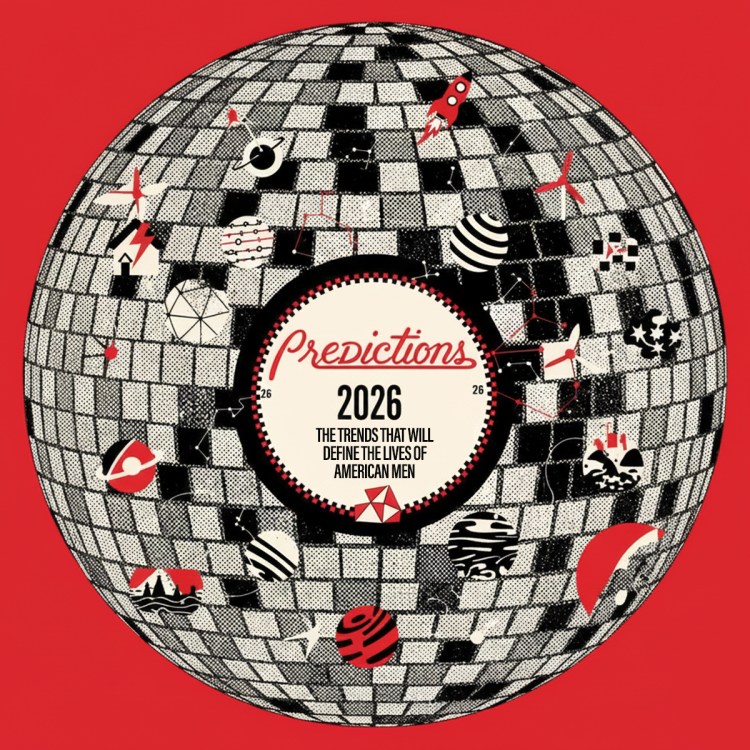It’s like the Apple Lightning Cable debacle all over again. Rugged off-road electric SUV manufacturer Rivian just announced that future vehicles will adopt the NACS (North American Charging Standard), allowing compatibility with Tesla’s Supercharger network. That’s surely good for Rivian users, but the shifting standards complicate an already messy part of EV life.
Thanks to Tesla popularizing the notion, as well as the increased number of EVs being built by legacy automakers, electric vehicles are more ubiquitous than ever. However, both EV evangelists and naysayers will tell you that the biggest hinderance to mass EV adoption is the lack of a sufficient charging infrastructure. This is something Tesla owners need not worry about, as the company’s supercharging network is one of the most expansive and easy to use, thanks to its proprietary setup. Indeed, the network itself and its previous exclusivity has been an incentive to consider choosing Tesla instead of another brand. Rivian itself, for example, boasts its own growing network of exclusive charging networks, though both the stations and vehicles use the CCS (Combined Charging Standard) of port and plug, respectively.
Opening up vehicles to Tesla’s NACS stations greatly expands the areas in which EVs can be used — not just for Rivian but for heavy-hitters like Ford and GM, which have made similar announcements very recently.
Putting the Rivian R1S to the Test Over a Long Weekend in the Colorado Mountains
Our correspondent already had his reservation for the EV, but a family road trip through Colorado would confirm whether he wanted to keep itAs a bit of an explainer, Tesla’s Superchargers are direct-current fast chargers built to NACS standards for high-speed charging of a Tesla battery. A NACS plug also includes the connections for levels 1 and 2 charging, which are slower but more easy to both find and maintain. Most home chargers are level 2s, for instance. A CCS standard is a combination of a port for a J1172 plug (levels 1 and 2), along with slots for a DC fast charging connection.
If your eyes just glazed over from all this, trust us, we felt the same way writing about it, which is kind of what NACS aims to solve. The compact all-in-one port would make most of this confusion a thing of the past.
So what’s the problem? At the moment, CCS is the more adopted standard in North America and Europe — and apart from brand-owned charging stations like Rivian’s Adventure Network, third party companies like Electrify America use CCS and CHAdeMO connectors, a third standard we were trying to avoid bringing up for the sake of sanity.
All stations would then need to adapt of support NACS, which will be a major overhaul on a network of chargers that have already developed a notorious rep for being poorly maintained. On the automaker’s side of things, companies like Rivian state its R1T and R1S electric pick-up and SUV will be fitted with NACS ports by 2025, and Ford has made similar declarations of its electric vehicles. In the meantime, current EVs that are included in the Supercharger partnership can access them with adaptors that the respective companies will provide.
In short, it looks like the EV world is going through a bit of a growth period that could help make things easier across the board, but not before going through a messy changeover period. There’s also the precedent set that electric vehicles will now be burdened with the same headaches that PC and Mac users have been dealing with for ages, going through multiple USB standards and cables, all with a growing collection of adaptors and dongles to go with them.
Thanks for reading InsideHook. Sign up for our daily newsletter and be in the know.
